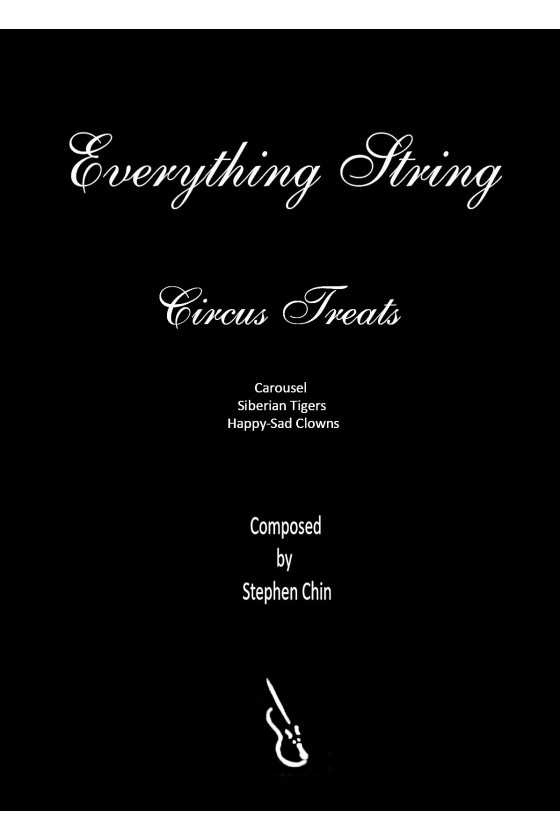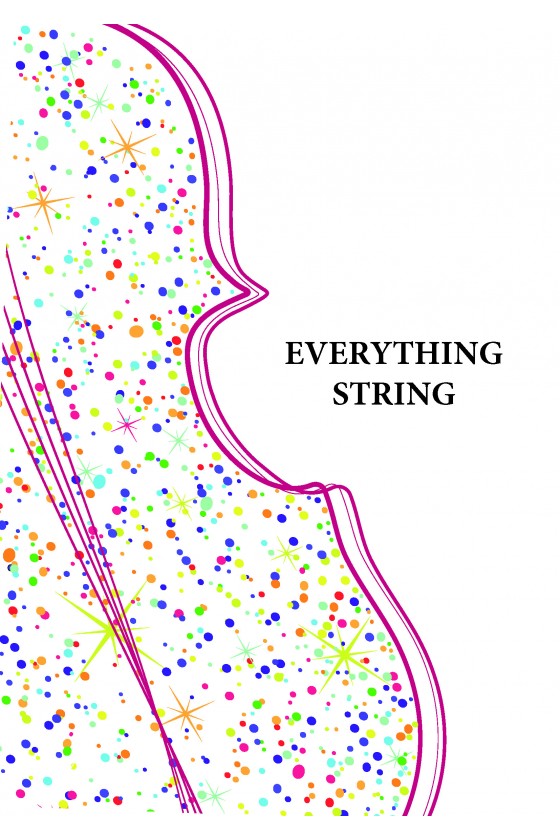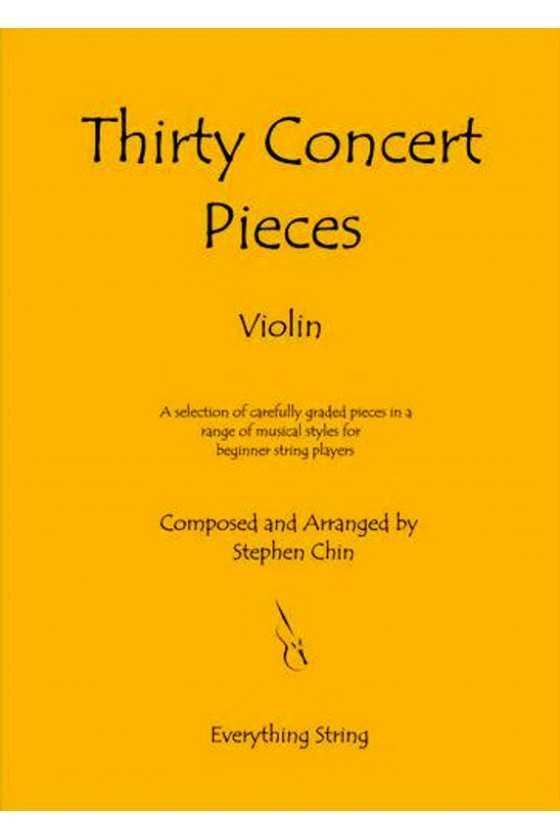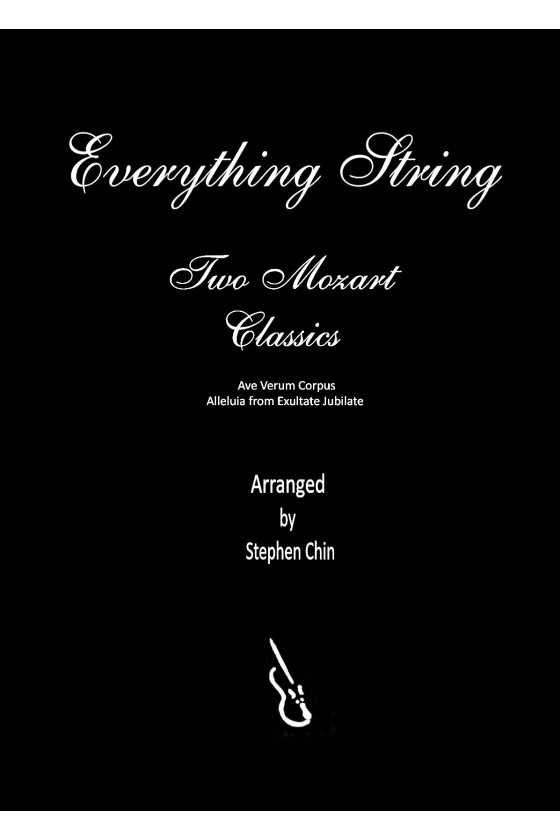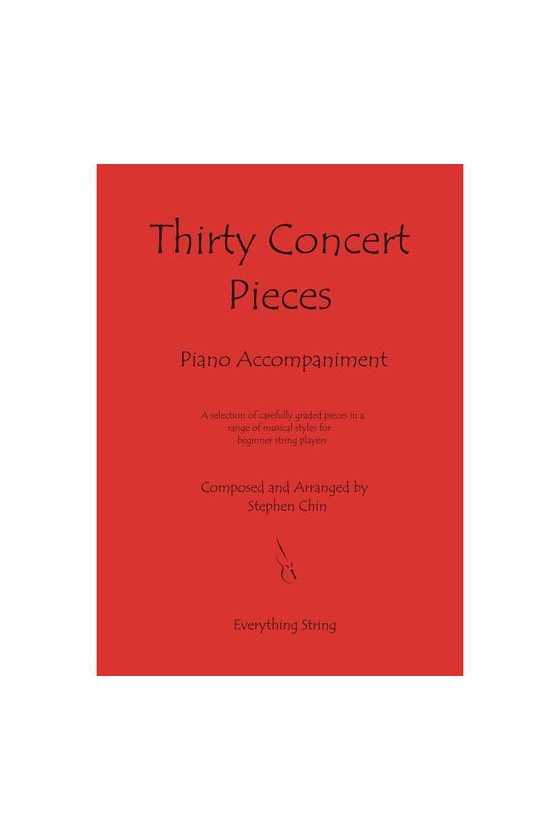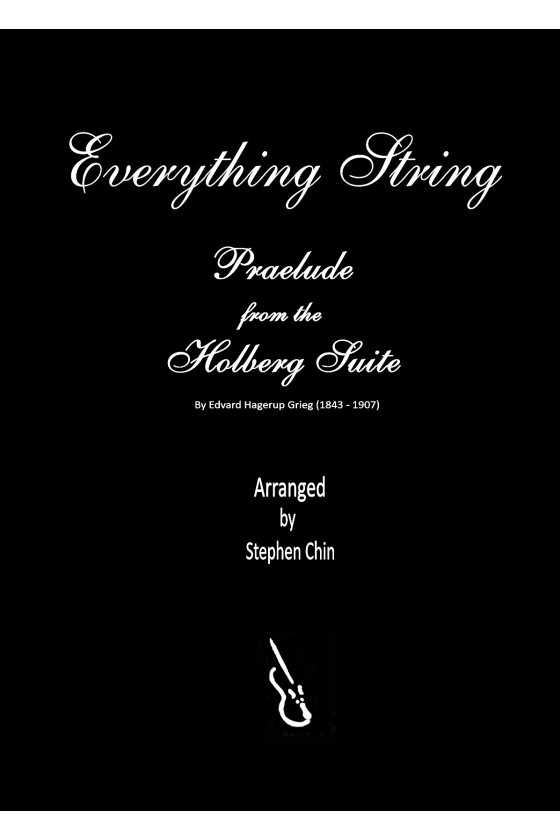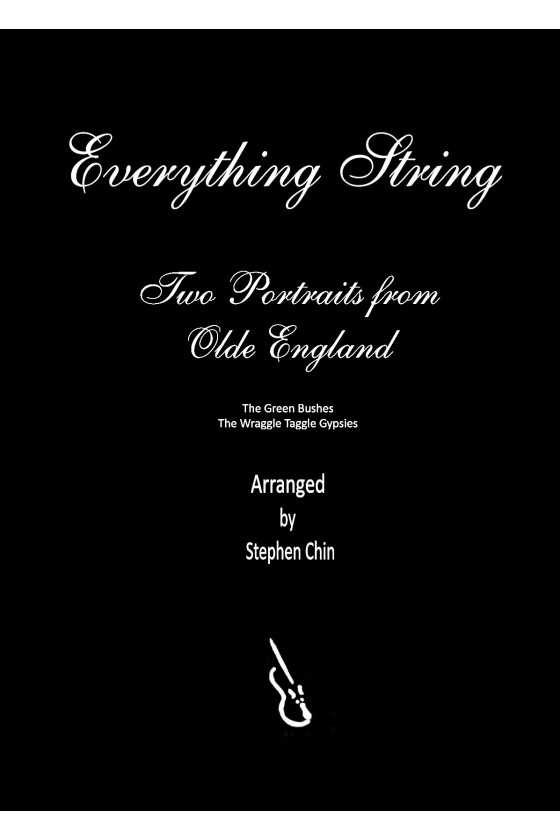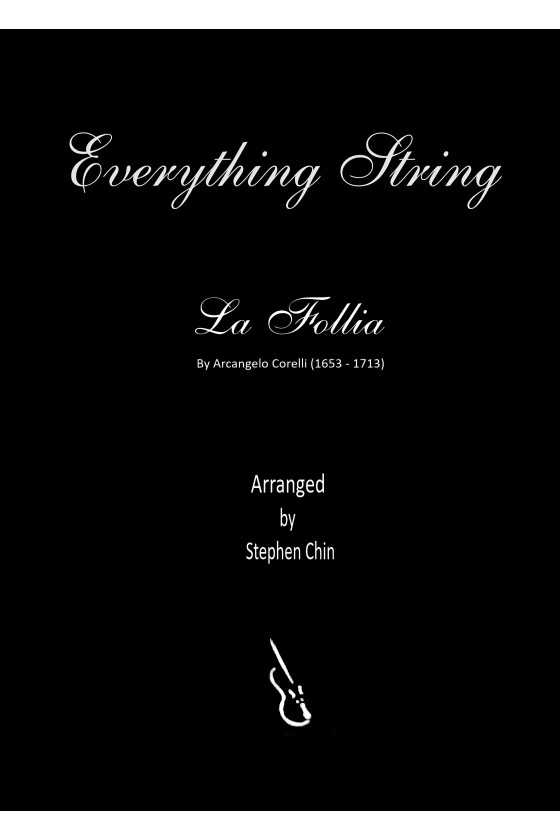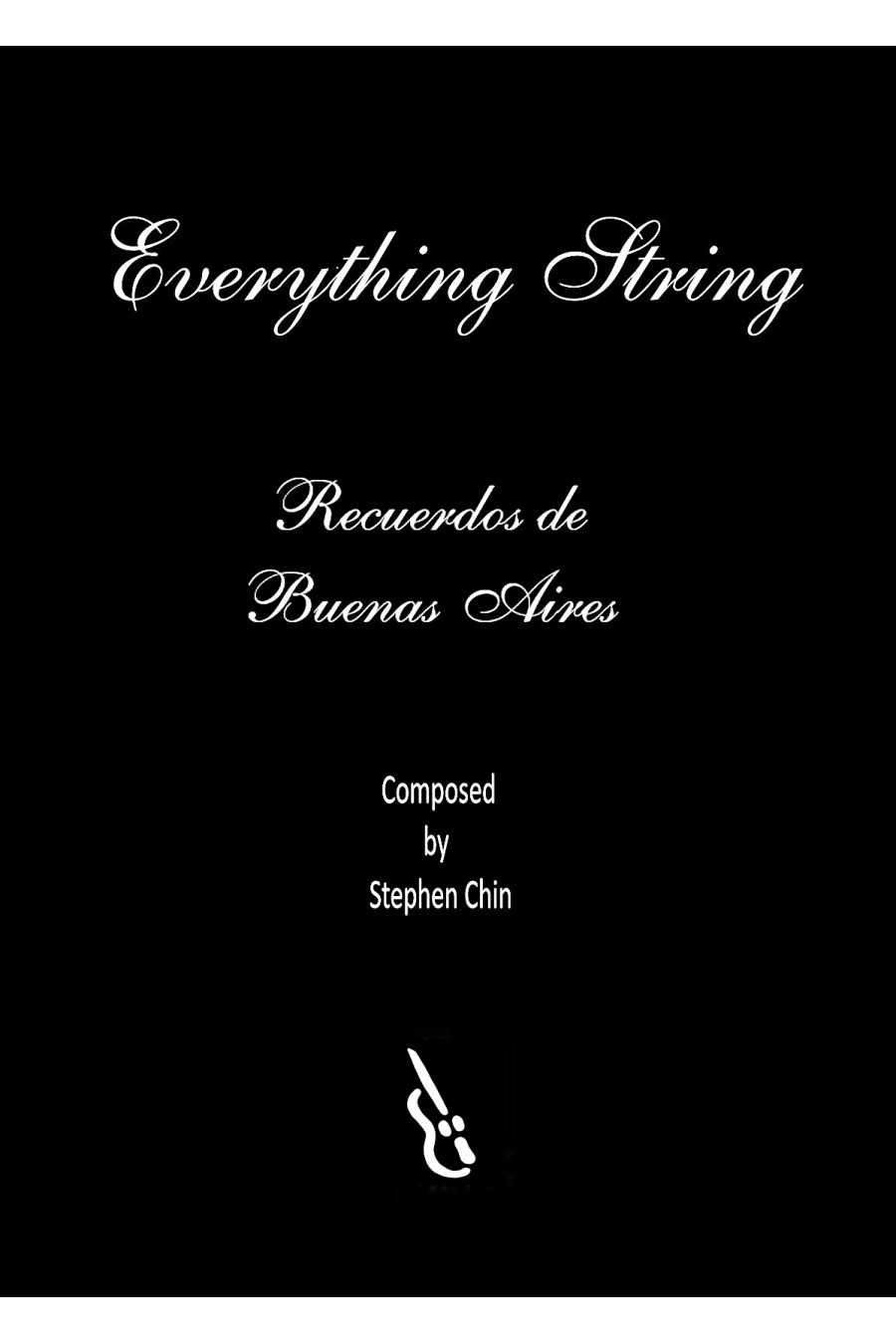
Circus Treats By Stephen Chin
The circus is thrilling! The Carousel waltz shares the melodic line. In Siberian Tigers, players can project a robust tone and imagine the majestic tigers. Happy-Sad Clowns contrasts major and minor tonalities.
1. Carousel
2. Siberian Tigers
3. Happy-Sad Clowns
For String Orchestra Grade 1



